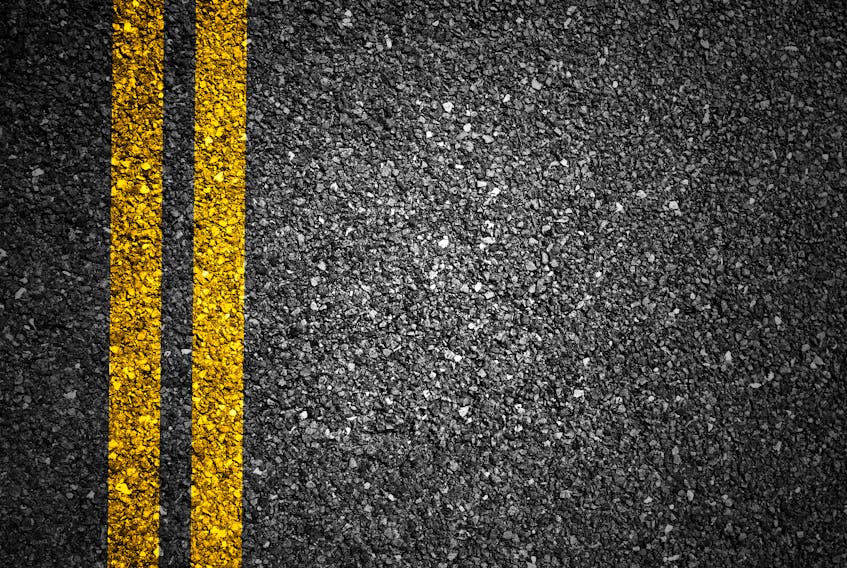New research from a leading burns centre in Nevada has found that a hot pavement can give you second-degree burns almost instantly, and that human skin risks being charred “in a matter of seconds” if it comes into contact with a roasting sidewalk.
Titled ‘A 5-Year Review of Pavement Burns from a Desert Burn Center,’ the report by the University of Nevada, Las Vegas was recently published in the Journal of Burn Care & Research.
The paper notes that 173 people were burned by pavements between 2013 and 2017. Of the cases studied, 149 were described as “isolated pavement burns,” with 24 involving incidents such as traffic crashes. Almost nine-in-ten burns came when the temperature had soared past 35C.
Dr. Jorge Vega, a UNLV surgeon who was the study’s main author, said in a release to accompany the report that the southwestern U.S. is a lot more dangerous for pedestrians than they may think. Vega says that among those who may need to be especially aware of the risks include those with mobility issues.
Parents, keep an eye on your kids — they often won’t be aware of how dicey it may be as they play on a hot sidewalk.
“Pavement burns account for a significant number of burn-related injuries, particularly in the Southwestern United States,” Vega reports. “The pavement can be significantly hotter than the ambient temperature in direct sunlight and can cause second-degree burns within two seconds.”
According to Vega and his team, once the mercury rises to 37C and above — as it frequently does in the American southwest — pavement burns will occur almost right away. Once temperatures make it past 40C, the study notes, the risks of severe injury increase “exponentially.”
If temperatures hit 43C and over, direct sunlight beaming onto pavements actually makes their surfaces hit 63C. To illustrate how dangerous this is, academics used the example of a fried egg, which firms up at 70C.
In summer, average highs in Nevada frequently reach above 41C.
Vega hopes the study can be used both to warn the public and to help first responders better prepare themselves for the types of injuries they may encounter.
“This information is useful for burn centers in hotter climates, to plan and prepare for the coordination of care and treatment. It can also be used for burn injury prevention and public health awareness, including increased awareness and additional training to emergency medical service and police personnel when attending to pavement burn victims in the field,” he said.
— All temperatures converted from Fahrenheit to Celsius
Copyright Postmedia Network Inc., 2019









